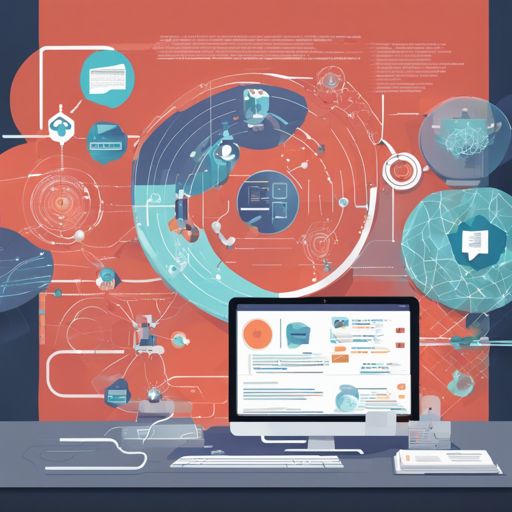Welcome to the world of DocumentGPT! This innovative web application lets you engage in meaningful conversations based on your research documents using OpenAI’s Chat API and performs semantic searches with vector databases. In this guide, we’ll walk you through setting up and using DocumentGPT, along with some troubleshooting tips to ensure a smooth experience.
Features of DocumentGPT
- Upload your PDF document and view its contents within the web app.
- Chat with an AI chatbot powered by OpenAI’s chat API using the content of your research document.
- Get semantic search answers from your document using vector databases.
- Access web results on topics for more context and information-rich answers.
- Perform Google and YouTube searches within the app, complete with auto-identified search suggestions.
- Verify sources for all generated results.
Step-by-Step Guide to Using DocumentGPT
Let’s dive into how you can get this powerful tool up and running:
- Clone the Repository: Start by cloning the repository to your local machine using the command:
- Install the Required Dependencies: Navigate to the project directory and install the dependencies with the following command:
- Set Up Your OpenAI API Key: Ensure you have an OpenAI API key and input it into the web app.
- Run the Application: Launch the application using the command:
- Access the Web App: Open your browser and go to http://localhost:8501 to start using DocumentGPT!
git clone https://github.com/your-username/DocumentGPT.gitpip install -r requirements.txtstreamlit run main.pyUnderstanding the Code: An Analogy
Think of the process of using DocumentGPT like preparing a delicious dish from a recipe. Each command you issue (like cloning the repository or installing dependencies) acts as a step in the recipe. Just like you gather ingredients and follow the steps to create a meal, here you are gathering the necessary code and commands to create a fully functional AI assistant. If you skip a step (like not installing dependencies), your dish might not come out as expected. Every part of the process is essential for the final successful outcome—just like a great meal!
Troubleshooting Tips
While using DocumentGPT, you might encounter some common issues. Here are some troubleshooting ideas:
- Issue: The web app does not load.
- Make sure you’ve run the application correctly using
streamlit run main.py. - Check your browser compatibility; some features may not work on all browsers.
- Make sure you’ve run the application correctly using
- Issue: PDF Display Issues.
- This feature works fine locally but may have issues in the deployed app, especially on browsers other than Safari or Firefox.
- Issue: Chatbot doesn’t respond properly.
- Verify if the OpenAI API key is correctly set up and has the necessary access privileges.
For more insights, updates, or to collaborate on AI development projects, stay connected with fxis.ai.
Future Improvements
DocumentGPT is continually evolving. Here are some areas where enhancements may be made:
- AI Alignment: Improving the model’s behavior through advanced prompt engineering techniques.
- Tools: Adding more helpful tools for better model responses.
Conclusion
That’s all for getting started with DocumentGPT! Whether you’re a researcher looking to streamline your work or a tech enthusiast eager to explore AI interactions, DocumentGPT provides a powerful platform for engaging with your research documents seamlessly.
At fxis.ai, we believe that such advancements are crucial for the future of AI, as they enable more comprehensive and effective solutions. Our team is continually exploring new methodologies to push the envelope in artificial intelligence, ensuring that our clients benefit from the latest technological innovations.

